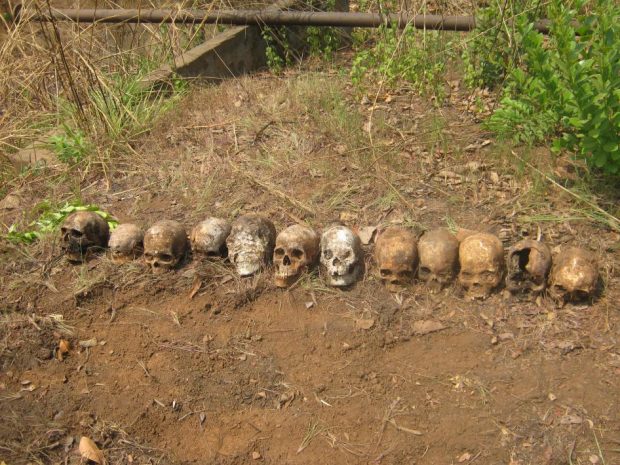United Nations investigators have discovered five probable mass grave sites in eastern Congo’s Ituri province where an outbreak of ethnic violence has killed at least 263 people, a U.N. peacekeeping mission said.
The report from the mission provides the most comprehensive portrait to date of the human cost of months of violence between Lendu pastoralists and Hema herders since December that has caused one of Africa’s most serious refugee crises.
Violence across eastern Congo’s borderlands with Uganda, Rwanda and Burundi has spiked since President Joseph Kabila refused to step aside at the end of his mandate in 2016, eroding state authority and emboldening armed groups.
The mostly Lendu-led attacks have forced more than 60,000 people to flee across Lake Albert into Uganda, and the U.N. refugee agency expects 200,000 refugees to reach Uganda this year. Tens of thousands of others have fled to other towns inside Congo.
The investigators did not provide details about the suspected mass graves, but said that about 120 towns and villages were pillaged and destroyed between December and mid-March.
According to Hema refugees Reuters interviewed last month in Uganda, Lendu groups typically attack Hema villages shortly after dusk with guns, machetes, axes and bows and arrows.
The precise motives for the attacks are difficult to pin down but tensions between the two communities have long been stoked by disagreements over cattle grazing rights, crops, gold mining and political representation.
Open warfare between the two communities from 1999-2007 is estimated to have killed some 50,000 people in one of the bloodiest chapters of a civil war in eastern Congo that left millions dead from conflict, hunger and disease.
Aid agencies say the crisis is a “mega-disaster” and are trying to raise over $2 billion to respond but Congo’s government has accused them of exaggerating the situation and boycotted a recent donor conference.
Source: Reuters



